 Francesca Tirico on Unsplash
Francesca Tirico on Unsplash What’s the Cheapest Way To Take Money Abroad?

Byron Mühlberg
Guide

Monito's Managing Editor, Byron has spent several years writing extensively about financial- and migration-related topics.
Links on this page, including products and brands featured on ‘Sponsored’ content, may earn us an affiliate commission. This does not affect the opinions and recommendations of our editors.
Read moreWhile there are many ways to take money abroad for your next holiday or overseas trip, it should come as no surprise that some of them are heavier on the pockets than others.
For example, while they're often reasonable from a cost perspective, credit cards (which many people turn to as their first choice for international spending) often come with a slew of hidden fees over and above the base exchange rate charged by the card issuer. On the other hand, using a credit card is still considerably cheaper than buying cash directly from a bureau de change.
All of this begs the question: what's the cheapest way to take foreign currency abroad when there are so many options at your disposal?
In this guide, we break down the major ways to take money abroad — i.e. credit cards, debit cards, and cash — and explore the costs of each and whether or not they're the best options for you. If you're not looking to spend money on holiday but rather send money overseas, then look at our guide to the cheapest way to send money instead.
Monito's Recommendation
To find the cheapest way to take money abroad, we recommend comparing travel cards using Monito's real-time travel money comparison engine:
What You'll Find in This Guide
Option 1 — Using a Credit Card
Often regarded as the best way to pay abroad, credit cards can be conveniently used in a foreign country in just the same way as you would in your home country at a (sometimes) relatively low cost. This is owed to the fact that — in almost all countries — your Visa or Mastercard credit card will be supported at card machines and ATMs in practically the same way as it would while you're at home.
While this can make your credit card a convenient way to take money on holiday, it's worth being aware that it can sometimes come at a steep cost, as the card issuer, merchants, and your bank, might all levy various fees — many of which would be bypassed by using a travel card (which we'll explore later).
For example, when using a Visa credit card abroad, you'll be subject to Visa's exchange rate margin for converting currency, which usually ranges between 1.00% and 3.50% of the transfer value¹, depending on the currency pair. Mastercard's margins are similar, ranging from 1.00% to 3.00%² depending on the currency pair. This comes as the base conversion rate, with banks and merchants often levying their own fees on top of this conversion.
Credit cards are one of the best options to take money abroad, especially if your bank doesn't charge additional fees for use abroad or if you've stacked up any rewards, cashback, or travel miles associated with your card.
Option 2 — Using a Debit Card
Similarly to credit cards, debit cards offer a convenient way to take money abroad and spend it overseas. However, they're not always supported everywhere, and whether or not they're cheaper than a credit card can differ quite considerably from debit card to debit card.
In general, we don't recommend using a debit card for overseas spending unless the card is specifically geared toward that purpose. This is because debit cards tend to be more limited while abroad, usually allowing only card purchases and ATM withdrawals (which can make them tricky when it comes to car rental, for example) while still coming with the same or similar fees for overseas spending as credit cards.
However, some debit cards are an excellent choice for international spending. Charles Schwab's High Yield Investor Checking Account in the US comes with a Visa Platinum debit card that offers free foreign ATM withdrawals (including reimbursing those charged by foreign ATM networks) and no fees on overseas payments. However, this account will require you to invest with Charles Schwab. If you don't, Capital One's 360 Checking Account is a good alternative that comes with a debit card offering free overseas payments and ATM withdrawals, although it doesn't reimburse ATM fees. Over in the UK, Virgin Money's M Plus Account charges no fees on overseas spending, making it a good debit card to take money abroad in British pounds.
We only recommend using a debit card abroad if the card offering is specifically designed for international spending. This is because debit cards tend to be more limited while still having higher fees.
Option 3 — Using a Travel Card
Strictly speaking, a "travel card" can be any debit card, credit card, or prepaid card offering that's geared specifically toward international travel. Fintechs and challenger banks typically offer the most competitive offerings in this category. They include no maintenance fees, no foreign ATM withdrawal fees, no payment fees, and no fees for online transactions. Some even include fully-fledged multicurrency account features.
Here are a few of the top travel card recommendations by region and destination:
- From the UK, travelling to France: We recommend the Wise Multi-Currency Account if you plan to withdraw often at an ATM and Revolut if you plan to spend mostly using card payments. If you plan to spend only using your card and not withdraw from a foreign ATM, then Monese is your best bet.
- From Germany, travelling to the UK: We recommend Dutch neobank Bunq if you plan to spend only in cash through foreign ATM withdrawals and German challenger bank N26 if you plan to spend only using card payments. If you plan to spend through a mix of ATM withdrawals and card payments, then Monese is a good option.
Option 4 — Buying Foreign Banknotes
Picking up a stack of foreign banknotes before a trip abroad is often an exciting first step in any overseas holiday. While many people exchange money at airports and at bureaux de change at foreign cities — both of which tend to come along with poor exchange rates — others prefer to collect money from their bank or currency exchange provider.
However, there are few cheap options when it comes to buying foreign currency banknotes. According to Monito's research, costs range from 2.15% to a whopping 16.60% of the total amount exchanged, depending on where you exchange cash and how much you exchange in the first place.
Because of the cost of ordering foreign banknotes in general, we recommend against this method if you're able to withdraw foreign banknotes directly from an overseas ATM, as it will very likely be cheaper.
Option 5 — Withdrawing at Foreign ATMs
ATM withdrawals internationally can be pricey, leaving travellers short for every unit of their home currency withdrawn abroad. According to Condé Nast, for example, withdrawal fees typically range from US$2.00 to US$5.00 per withdrawal in addition to the fees that banks themselves already usually charge for this services³.
Avoid Paying in Your Home Currency
Dynamic currency conversions (or DCCs) are often charged by merchants or ATMs on card payments to convert a foreign currency payment into the local currency. Because these fees can go as high as 10.00% per withdrawal, we recommend against paying in your home currency when given a choice as you'll be able to avoid this fee by doing so.
If you're planning to withdraw cash at ATMs while abroad, you'll be saving money in almost all cases compared to buying the foreign currency directly at a bureau de change.
However, this does not mean foreign ATM withdrawals necessarily come cheap. Many of the expenses come from dynamic currency conversion and via credit card providers, meaning using a specialised debit card or a travel card can save a lot of money if you plan to make frequent use of ATMs abroad.
What To Avoid When Taking Money Abroad
Regardless of exactly which way you'd like to take money abroad, there are several things to avoid as much as possible which can add a lot of unnecessary expenses onto foreign transactions. Here are the three main things to avoid when spending money abroad:
- Bureaux de change: Currency conversion offices and bureaux de change at airports and in foreign cities typically charge a high exchange rate margin that can range anywhere between 2.15% and 16.60% of the value exchanged.
- Paying in your currency: While withdrawing cash or paying with your card, always pay in the local currency and not in your home currency, otherwise you'll likely pay a hidden dynamic currency conversion fee of up to 10.00% or more of the transaction value.
- Topping up a travel card with a credit card: While quick, using a credit card to top up a travel card is generally the most expensive way to load money into a travel card. In general, we recommend using a bank transfer to get the job done instead.
Frequently Asked Questions About the Cheapest Ways To Take Money Abroad
What’s the best way to take spending money to the USA?
It depends on where you're travelling from. If you're going to the USA from the UK, the EU/EEA, Australia, New Zealand, Singapore, Japan, or Switzerland, then Wise's Multi-Currency Account and its associated debit Mastercard will be one of the cheapest ways available to you. With Wise, you'll have access to multi-currency bank details in 10 countries as well as a debit card to spend in dozens of foreign currencies— all for conversion fees to the US dollar of well under 2.00%.
References Used in This Guide
3. Where to Exchange Currency—and How to Be Smart About It: Condé Nast (20/7/17)
See More Travel Money Guides
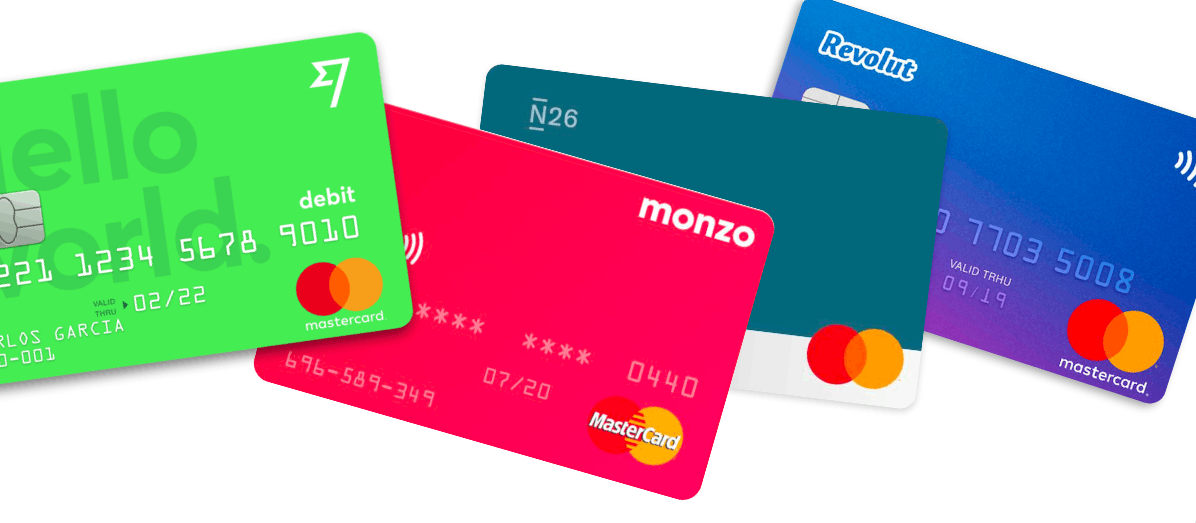

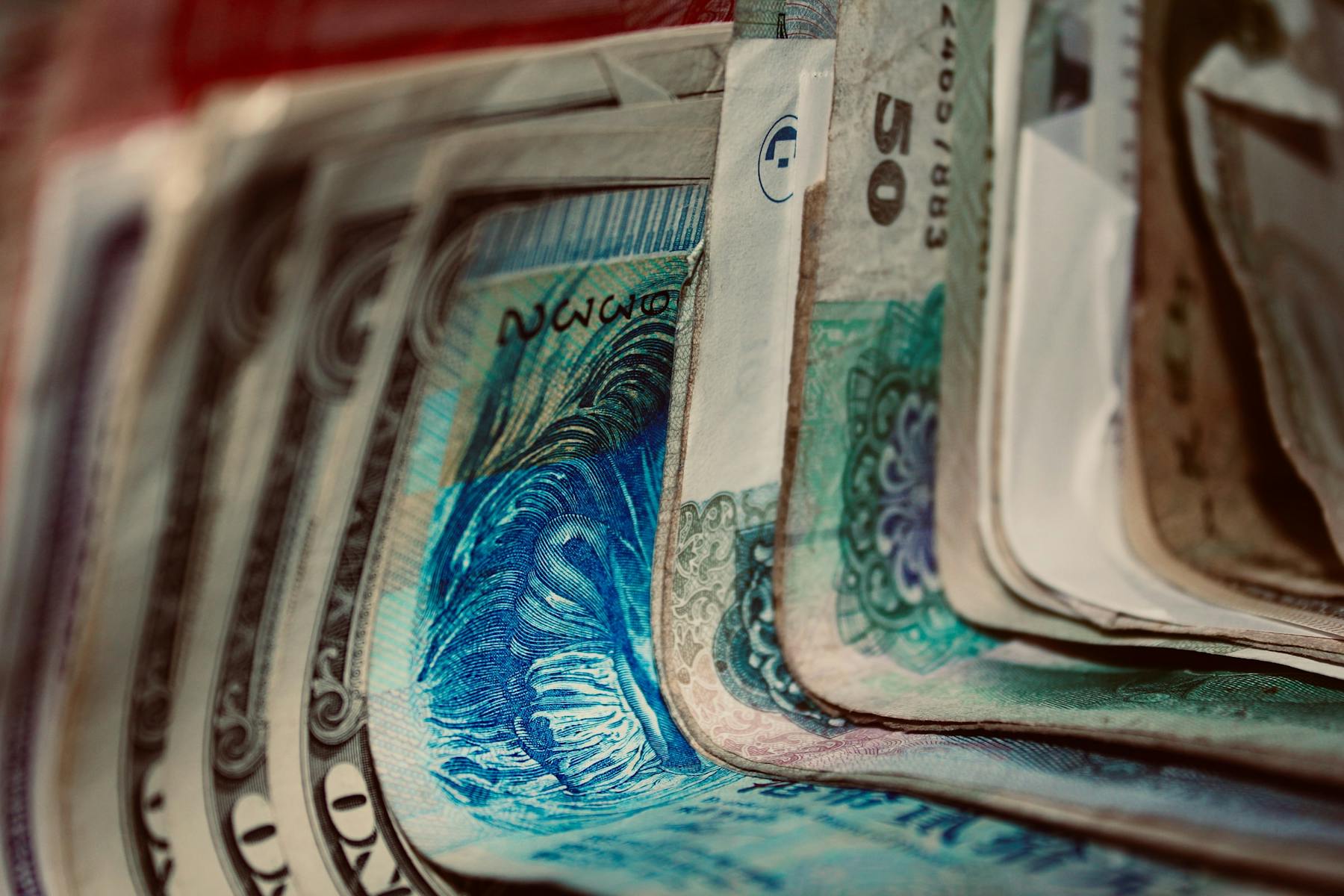


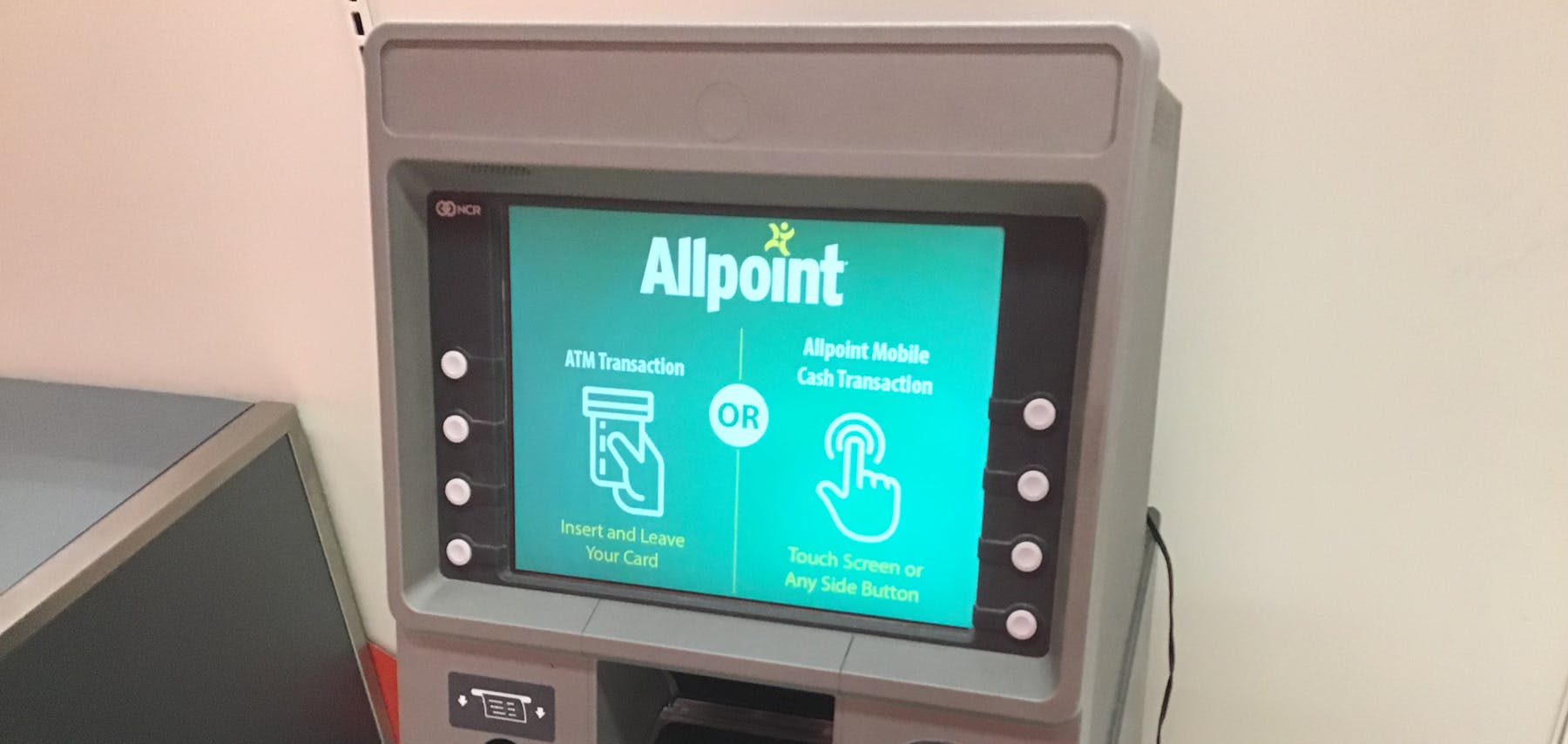


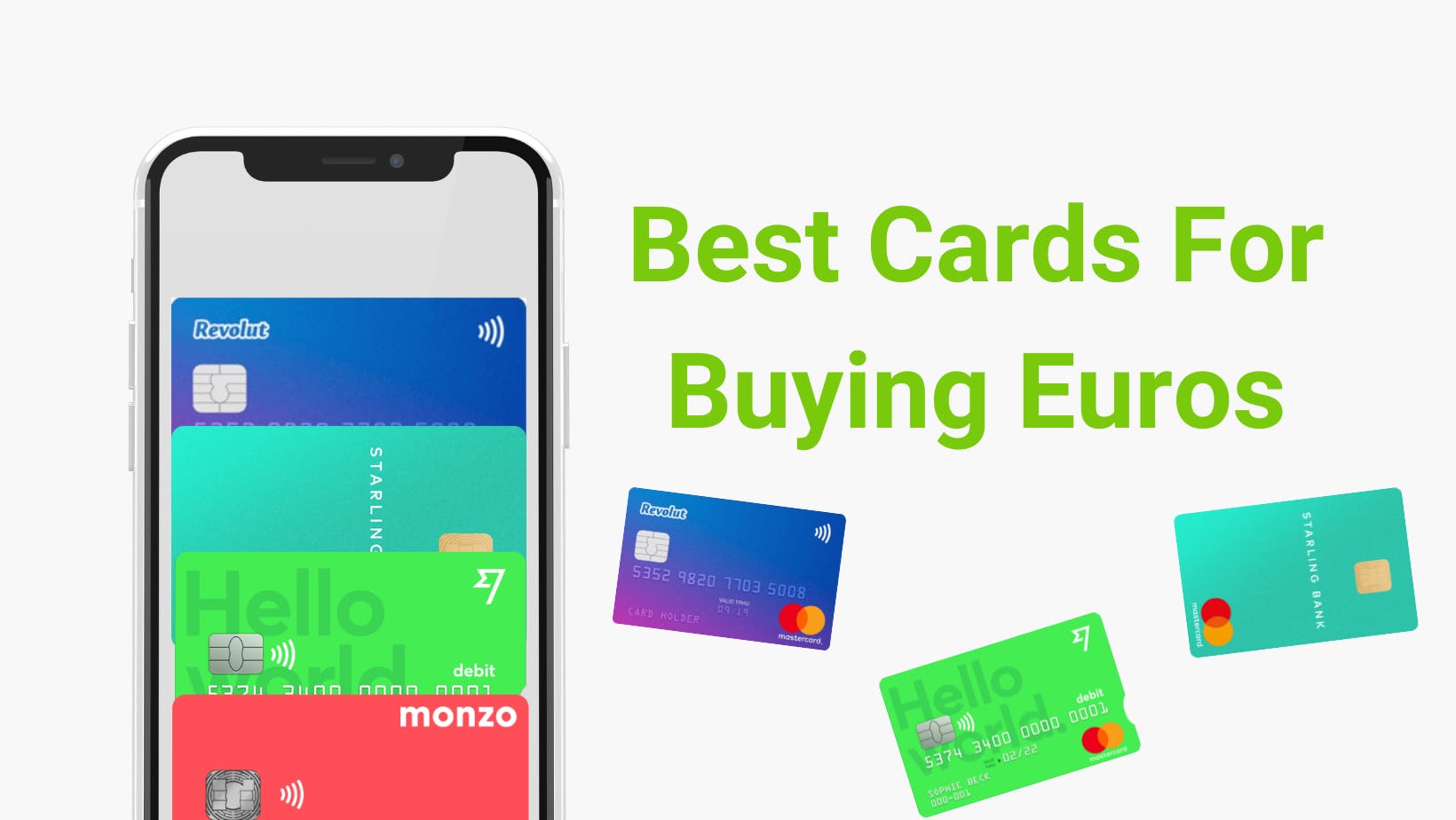
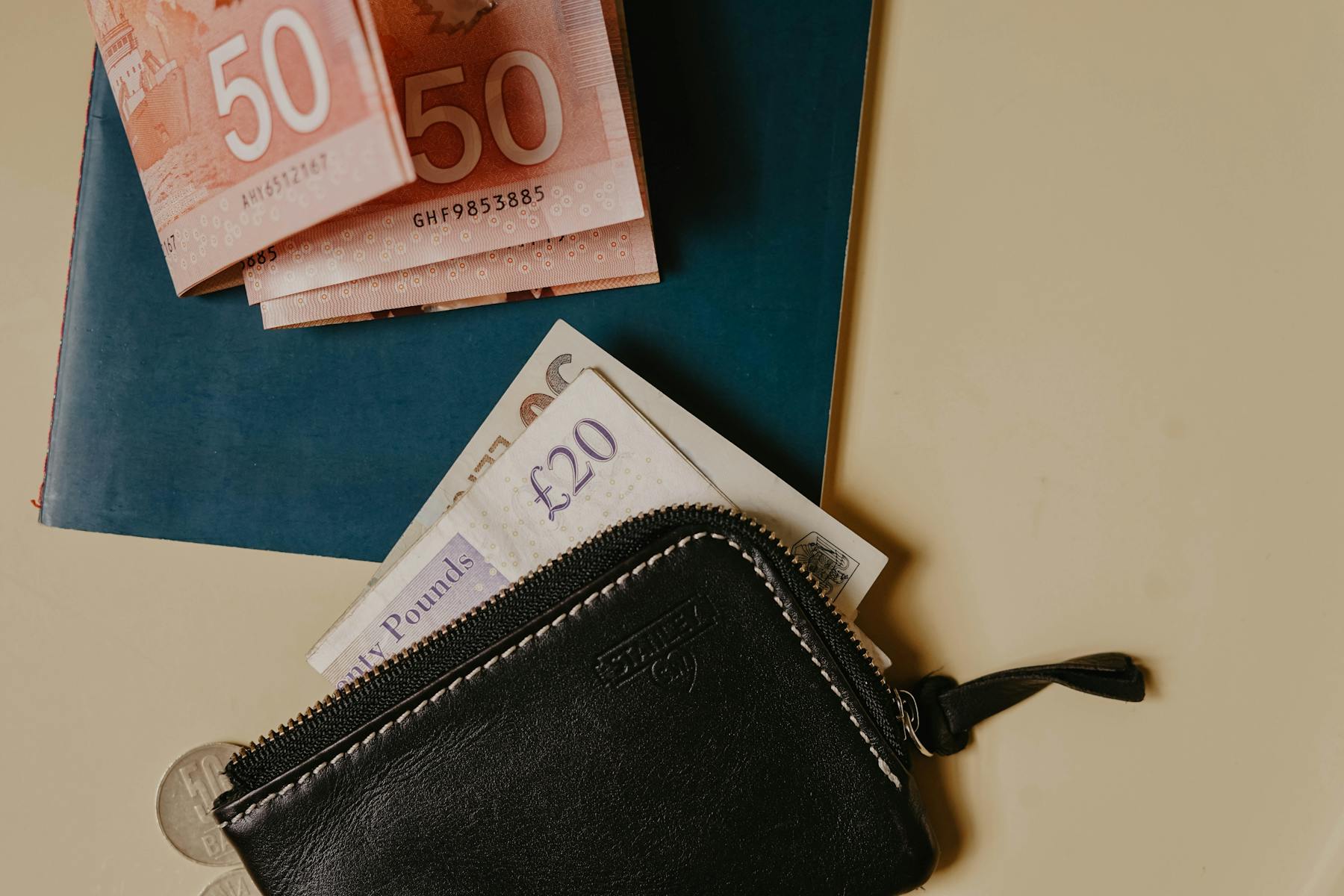
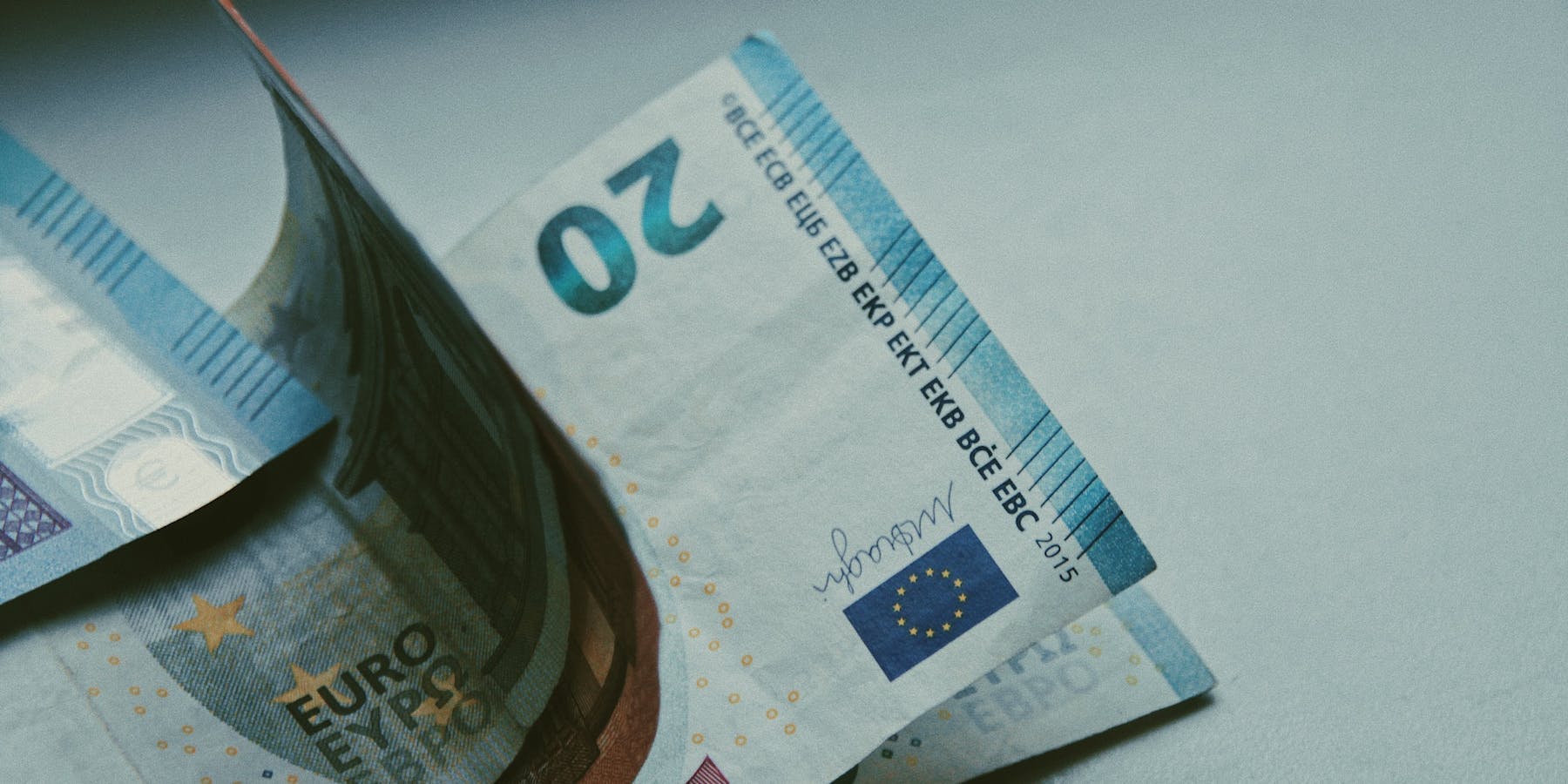
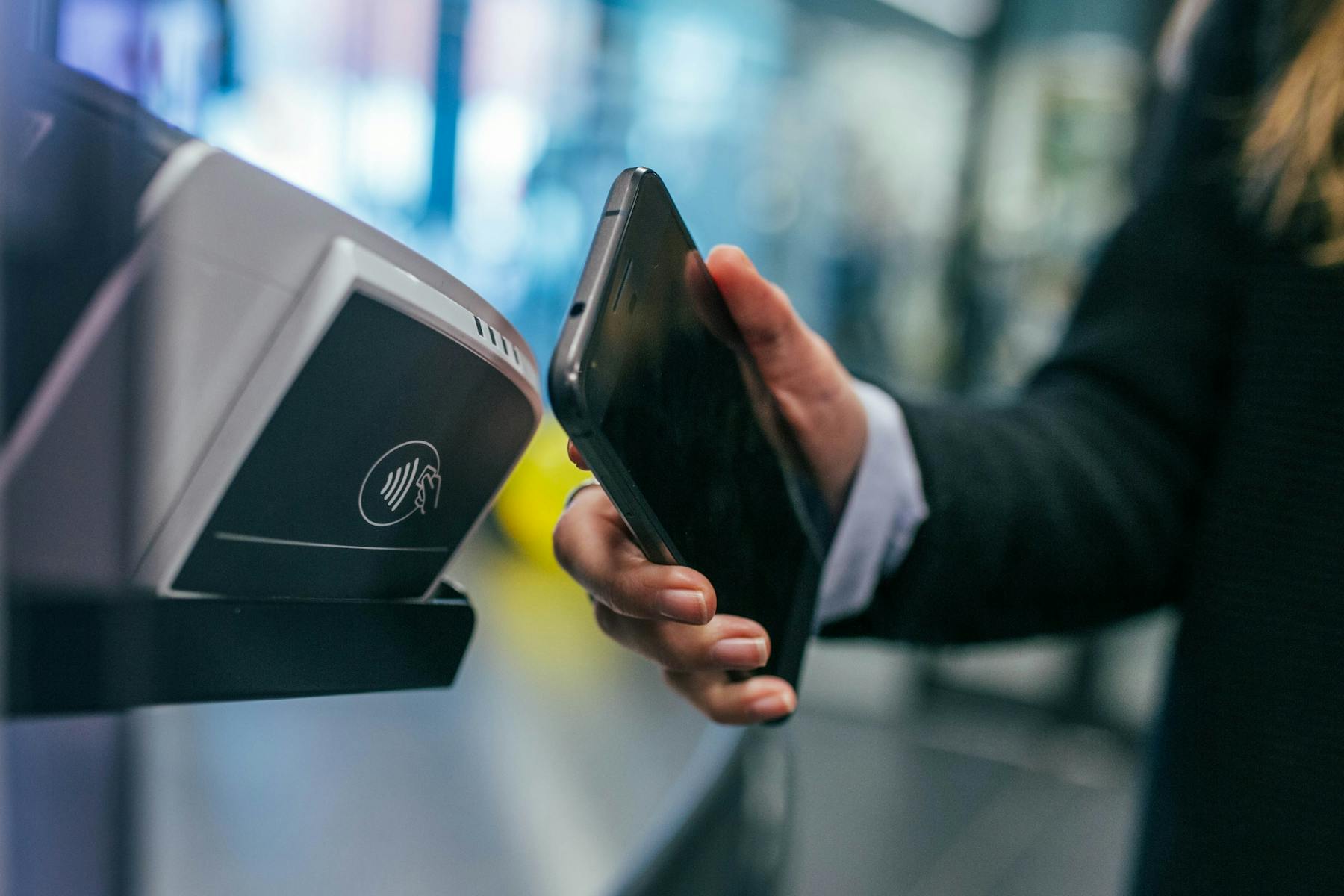




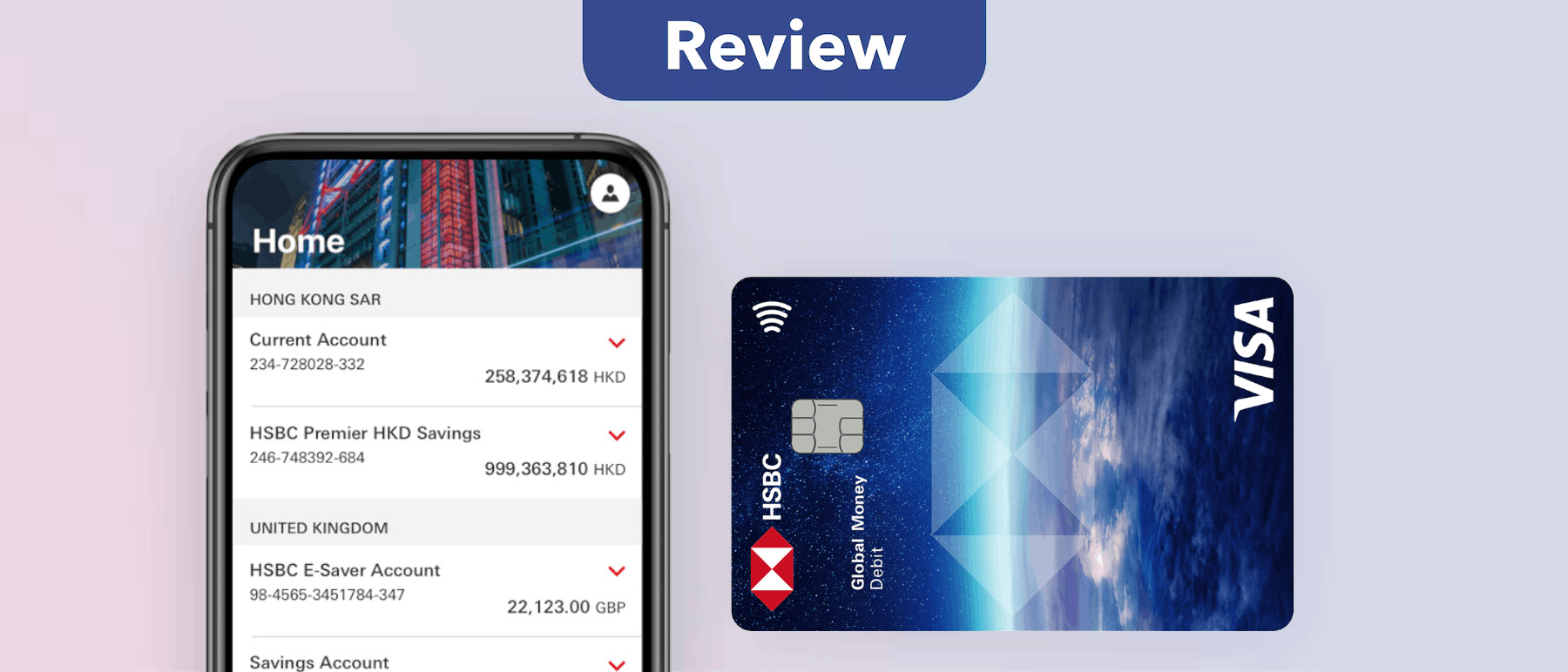

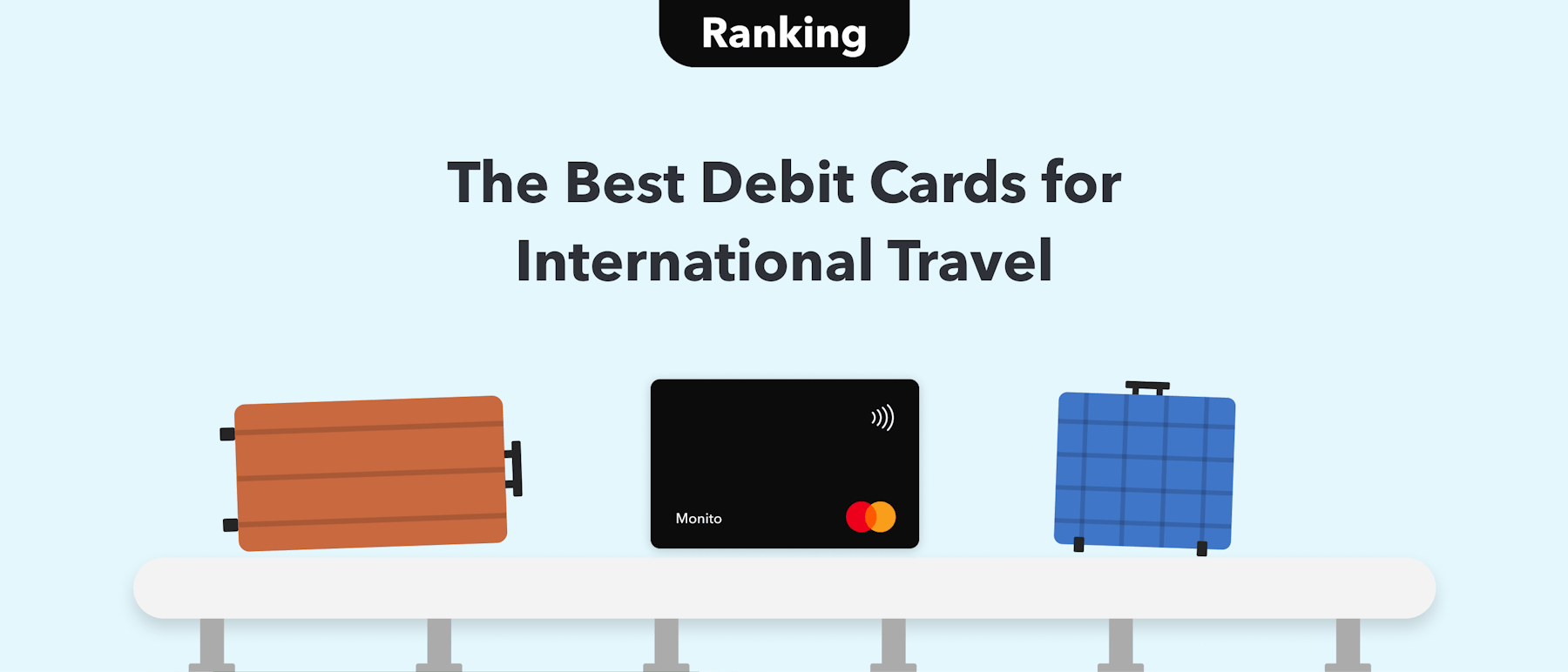
Why Trust Monito?
You’re probably all too familiar with the often outrageous cost of sending money abroad. After facing this frustration themselves back in 2013, co-founders François, Laurent, and Pascal launched a real-time comparison engine to compare the best money transfer services across the globe. Today, Monito’s award-winning comparisons, reviews, and guides are trusted by around 8 million people each year and our recommendations are backed by millions of pricing data points and dozens of expert tests — all allowing you to make the savviest decisions with confidence.
Monito is trusted by 15+ million users across the globe.
Monito's experts spend hours researching and testing services so that you don't have to.
Our recommendations are always unbiased and independent.